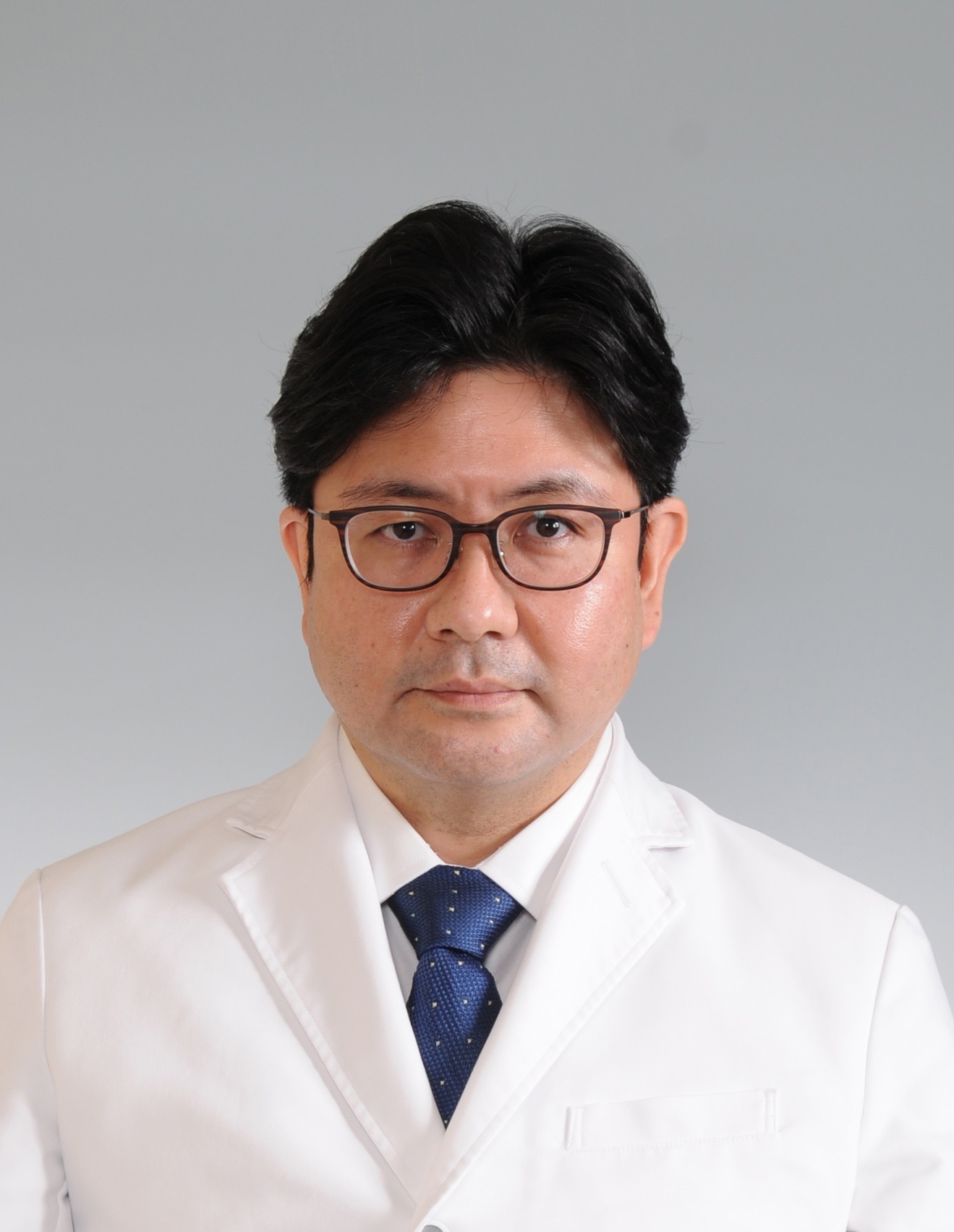Departments and Centers
Department of Pathology

We have been in service as a part of medical practice since the start of this university hospital. By examining tissues or cells obtained from the lesions of patients, we make a diagnosis as to whether they are benign or malignant, how far they extend in a body, and if benign, which types of lesions they are. Because most of the treatments of lesions and diseases are based on pathological diagnosis these days, pathological diagnoses should be made accurately and swiftly. For accurate diagnosis, we always use a microscope in a combination with various ways of staining and immunohistochemistry. Electron microscopy and molecular biology techniques, such as FISH (fluorescence in situ hybridization) and PCR (polymerase chain reactions), are also sometimes used whenever they are needed. Detection of expression of some molecules by these immunohistochemical or molecular biology techniques is often necessary to perform molecular targeted therapy and to ensure the effectiveness of anti-neoplastic agents.
This department includes a total of five pathologists (one professor, two associate professors, two lecturers, and one assistant professor) and one resident. The members have their own subspeciality so that broad areas of diseases, such as pulmonary, central nervous system, hematological, lymphoid, bone, soft tissue, gastroenterological, pancreatic and dermal diseases, can be covered: this is one of the characteristics that gives our department an advantage. Furthermore, we are constantly trying to make our diagnosis more accurate and informative through weekly departmental review conferences and by having regular clinicopathological conferences with clinicians to obtain mutual understanding and feedbacks.

